Tips for Photographing a Destination Wedding
Photographing a destination wedding can be such a unique experience, but it can also come with logistical challenges. The destination weddings I have had the privilege of shooting have taught me so much and I thought it would be helpful to share some of what I’ve learned. Here are some tips to make photographing a destination wedding low-stress.
Booking
Research is crucial. Research flight prices, hotels, and the city in general so you know what to expect and what areas to avoid. I like to research if there’s a grocery store/food nearby. If you have a late wedding, you’ll know where to get food after and how late the stores are open.
Create a set price for out-of-state travel. This will give you the freedom to book your flights/hotels. You’re the best person to decide how early you need to arrive for a shoot and you shouldn’t have to stay at the hotel your client has a membership at if you can find something closer/safer/nicer. No one wants to have to take the redeye flight just because it’s a bit cheaper. I typically charge around $1500 for out-of-state travel which includes going for the engagement session and wedding weekend. I pick my own car, flight, and hotel and give myself an extra day if I need to scout portrait locations. When deciding your pricing, include extra fees like parking, checking bags, food, toll roads, shooting permits, etc.
Safety first! Bring a second shooter or friend if you’re worried about traveling alone. This can be included in the cost. No one should have to risk safety for affordability.
Packing
Do not check your camera equipment. The Think Tank Airport Bag is a must. I bring it as my carry-on. Checked baggage is often mishandled and batteries are not allowed under the plane. I recommend taking the batteries out of your camera and putting them in a separate bag, just to be safe. For my personal item, I bring my flash bag full of all my lighting gear. I bring all my gear to out-of-state weddings!
Here’s a breakdown of exactly what I bring and where I put it.
Carry-On: 2 camera bodies and 3-5 lenses, camera straps, extra cards and batteries, as well as any styling items I want to bring like ring boxes, trays, or ribbons.
Personal Item: bag of flash gear of my 6 Speedlites, gels, extra batteries, MagMod modifiers, video light.
Checked Bag: 4 light stands, 2-4 umbrellas, connectors.
Shooting
Google Maps is your best friend! Research what parking is like near the venue(s). Use street mode and photos with geolocation tagging to help you know where the sun may be and what the location will look like in different seasons.
Go at least a day before the wedding to scout the venues, see what parking is like, and get a more realistic estimation of driving time between locations. If I’m going to 2-3 venues on the big day, I like to spend the day before walking through the whole wedding day so I can pick exact portrait locations and see where the sun is without the pressure of wedding day people needing me. It also gives a better estimate if there’s rush hour traffic or construction.
If your wedding is only at one location, the above may not be needed. However, you will still want to research the venue in depth. Email or call the venue in advance to make sure they will allow you to come and scout it a day early. They won’t always say yes, but it never hurts to try.
I highly recommend getting a rental car rather than relying on Uber or public transportation. Bringing all your gear with you on public transportation may not be reliable and I have worked in cities where Uber services were few and far between. The safety and peace of mind are worth the extra cost of the rental car!
I hope that these tips help make your destination wedding experience smooth and enjoyable!




















